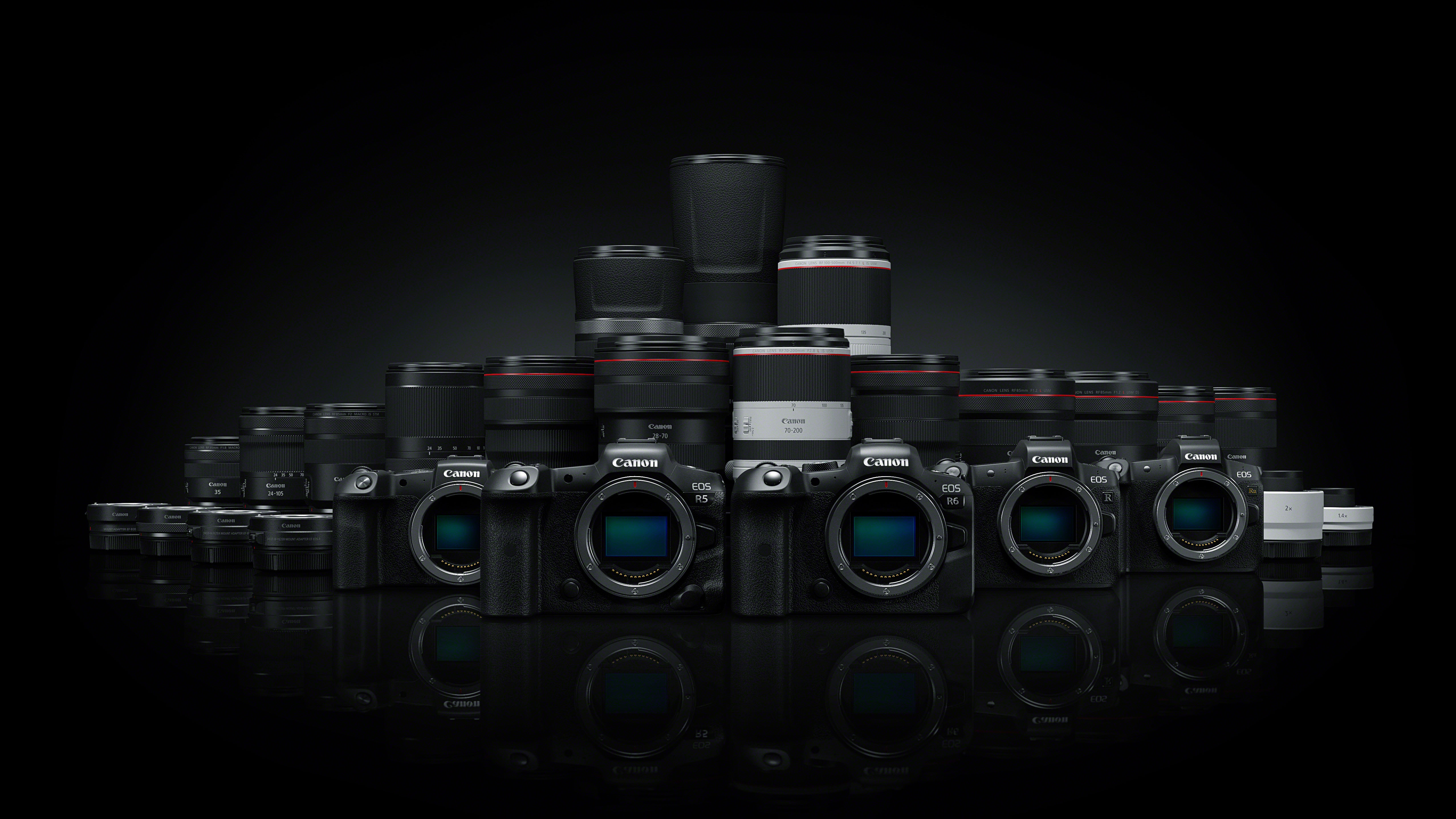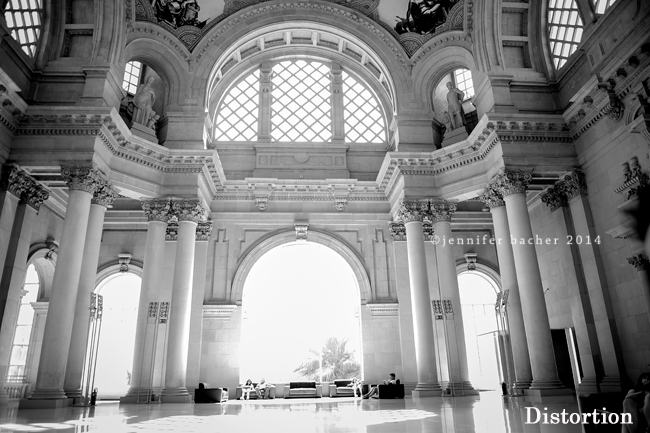

- #Camera lens distortion model hands to big update#
- #Camera lens distortion model hands to big manual#
- #Camera lens distortion model hands to big full#
- #Camera lens distortion model hands to big series#
#Camera lens distortion model hands to big manual#
if you don’t enjoy manual focus lenses, the 9mm may not be for you.compact and affordable for a wide-angle lens.the 2.8 aperture is handy for low-light work.
#Camera lens distortion model hands to big series#
Why choose the Laowa 9mm f/2.8 Zero-D for your X Series camera: You can see an example in the image taken inside the Sagrada Familia below! Laowa 9mm f/2.8 at f/16 Laowa 9mm f/2.8 at f/8 Laowa 9mm f/2.8 at f/8 We particularly enjoyed the sunstars the lens produces when used at the slower apertures. Chromatic aberrations weren’t an issue and flare only appears if you shoot into direct sources of light. We found that sharpness was excellent across the frame, even at f/2.8, and distortion is all but absent as long as you make sure the camera is level with the ground. We used it for a brief period in Barcelona and were very impressed with all aspects of the lens, including image quality and handling. For this reason, you also need to make sure that “Shoot without lens” is set to On in the menu – otherwise the camera won’t take a picture while the lens is mounted. Unlike most of the other lenses mentioned here, the 9mm is a manual focus lens without electronic contacts, so it won’t record the aperture in the EXIF data. Although it lacks weather-sealing, it benefits from a solid metal build that fits all Fujifilm cameras nicely, a clicking aperture ring and a smooth focus ring. It is extremely compact and lightweight for a wide-angle prime, and as the name suggests, promises close-to-zero distortion. The widest prime lens available for the Fujifilm X series is the Laowa 9mm f/2.8 Zero D, providing coverage up to a 113° angle of view. Generally photographers purchase a lens with a very wide field of view in order to capture landscapes, cityscapes, and architecture. In the case of the Fujifilm X series, this would be the equivalent of less than 16mm. Super-wide angle primes are classified as lenses with a focal length of less than 24mm in 35mm equivalent terms.

#Camera lens distortion model hands to big full#
To know more about our ethics, you can visit our full disclosure page. If you decide to buy something after clicking the link, we will receive a small commission. Within the article, there are affiliate links. We were not asked to write anything about these products, nor were we provided any compensation of any kind.
#Camera lens distortion model hands to big update#
We consider this list dynamic in that we plan to update it whenever Fujifilm or a third-party company releases a relevant wide-angle product and we are able to test it.Įthics statement: All opinions expressed in this article are based on our real-world experience with each lens unless otherwise stated. In this article, we’re going to take a look at the best wide-angle options currently available to users of popular models such as the Fujifilm X-T3, X-T2, X-H1, and X-Pro2.


(In 35mm terms, these focal lengths would be 35mm and 24mm respectively.) In Fujifilm APS-C terms, any lens with a focal length of 23mm or wider is classified as a wide-angle lens, whereas anything wider than 16mm falls into the ultra-wide lens category. Landscapes, astrophotography and architecture are three of the more obvious genres for which wide-angle lenses can be used, but they also come in handy for environmental portraits, macro (if the lens has a close focusing distance) and even close-range sports to name a few. Wide-angle lenses allow you to capture much more of the scene even if you stand close to your subject, giving the image more context and a sense of real proximity to the action or location. Photographing using prime lenses with large apertures also means you can get a shallow depth of field which is useful for portraiture where you might want a softer or blurred background (also known as bokeh).If you take a peek inside the bag of most photographers, you will likely find at least one wide-angle lens. This is an advantage when shooting in low light conditions as it will increase the possibility of hand holding the camera and freezing the subject without shake or blur caused by the longer exposures. Prime lenses also tend to have a larger maximum aperture (f/1.4 to f/2.8). The main advantages of prime lenses or fixed focal length lenses are their size and weight as well as their maximum aperture or f/stop. Prime lenses tend to be more compact and lightweight than zoom lenses. They are ideal when you are photographing a variety of subjects such as landscapes and portraits, and you just want one lens for both situations. Using a zoom lens also reduces the number of times you need to change the lens which saves time and limits the possibility of getting dust in the camera's mirror box or on the sensor. Zoom Lens BenefitsThe advantage of a zoom lens is versatility. Prime lenses have a fixed focal length and zoom lenses have variable focal lengths. There are two types of lenses-prime and zoom.


 0 kommentar(er)
0 kommentar(er)
